In agriculture, technological advancement will usher in a new era of IoT sensors and smart farming in 2022

In agriculture, technological advancement will usher in a new era of IoT sensors and smart farming in 2022
Traditionally, agriculture areas have only ever been shown as pastoral, peaceful settings unaffected by contemporary life. Farms all over the world are embracing technology innovations at a greater rate than ever before, though, and gradually losing their traditional appearance.
The difficulties brought on by climate change, declining agricultural yields, unexpected epidemics, and the dwindling supply of natural resources like water and arable land are mostly to blame for this. This has hastened transformation and ushered in the era of IoT in agriculture and smart farming, along with the reality that the globe will need to produce 70% more food by 2050 to fulfil the rising need of a rapidly expanding population.
The fundamentals of IoT in farming and intelligent farming

IoT solutions are essentially designed to support farmers by giving them timely information that might aid in essential choices. IoT in agriculture often consists of software and IT services, specialized equipment, and wireless connectivity. Farmers may monitor soil quality and get important climatic data on rainfall, humidity levels, pollutants, and much more by utilizing innovative equipment like IoT sensors.
This finally enables them to base their distribution, planting, and harvesting decisions on precise scientific data. IoT technology in the agriculture industry is predicted to expand at a CAGR of 14.7 per cent by 2025 on a worldwide scale.
The need to increase farm yield has become urgent due to the exponential growth of the global population, which, according to the UN Food and Agriculture Organization, will require the world to produce 70% more food in 2050. These factors also include shrinking agricultural lands and the depletion of finite natural resources. The situation has been made worse by the limited supply of natural resources, including fresh water and arable land, and declining production patterns in several essential crops.
The agricultural workforce’s changing organizational structure is another hindering factor. Furthermore, most nations have seen a reduction in agricultural labour. The demand for physical work has decreased due to the shrinking agricultural workforce, which has prompted the introduction of internet connectivity solutions in farming techniques. By assuring high yields, profitability, and environmental preservation, IoT solutions are aimed at assisting farmers in bridging the supply-demand gap.
Precision agriculture is utilizing IoT technology to guarantee the best allocation of resources to produce high crop yields and lower operating expenses. Specialized equipment, wireless connectivity, software, and IT services make up IoT in agriculture technology. According to a BI Intelligence report, 75 million IoT devices will be used in the agriculture sector by 2020, with a 20 per cent annual growth rate. The size of the global intelligent agriculture industry is also anticipated to quadruple by 2025, from a little over $5 billion in 2016 to $15.3 billion.
IoT-based smart farming helps growers and farmers to decrease waste and improve productivity across a range of metrics, including the amount of fertilizer used, the number of trips the farm vehicles have made, and the effective use of resources like water, energy, etc. IoT innovative farming solutions are designed for automating the irrigation system and monitoring the agricultural field with sensors (light, humidity, temperature, soil moisture, crop health, etc.).
Farmers can keep an eye on the state of their fields from anywhere. They can choose between manual and automated solutions to take the appropriate measures based on this data. The farmer can use sensors to start irrigation, for instance, if the soil moisture level drops. The most exciting IoT-based technologies that are finding their way onto farms throughout the world are listed here.
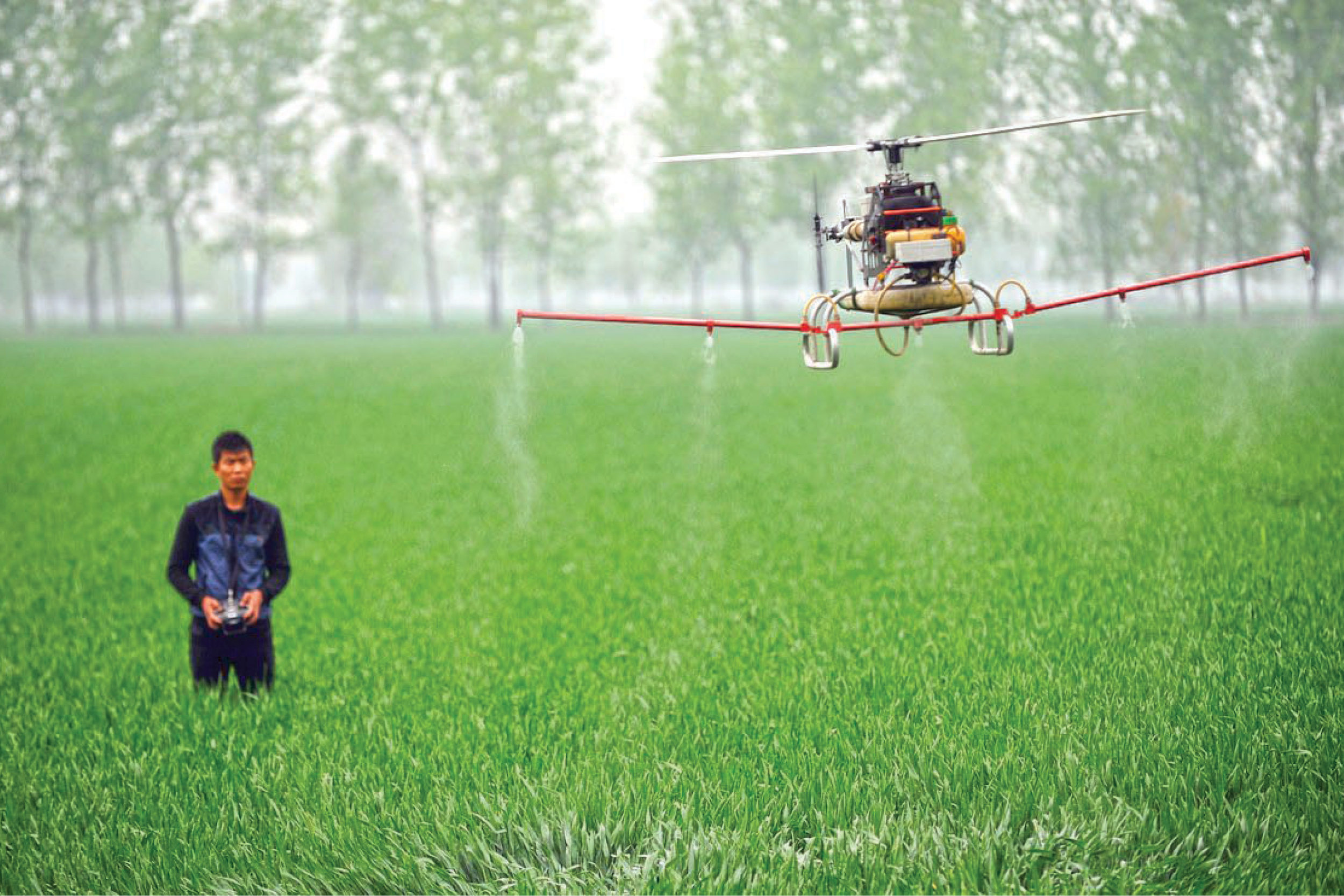
Drones: Drones are highly valuable in agriculture but are most commonly used for aerial photography and military applications. Aerial and ground-based agricultural drones are used in agriculture to analyze soil types, track irrigation, plan and spray crops, and evaluate crop health. Drones can monitor crops in a variety of geographic locations and can assist farmers in choosing the right seeds, fertilizer, and watering schedule. The ability to immediately respond to risks from weeds, pests, fungus, locusts, and other things is perhaps the essential benefit of crop scouting.

Sensor Data: For farmers, being able to predict yield is comparable to having a magic wand. The result of a crop depends on a complex interplay of variables, including weather patterns, soil quality, crop health, and a host of other things. Farmers can receive critical information in advance thanks to IoT-enabled smart farming powered by in-built sensors.
In order to provide farmers with the most recent news and accurate data on the health of their crops, impending weather events, information on insect threats, and even acquire a comprehensive inventory analysis, these sensors harvest data from fields, crops, and other farming assets. In fact, it is anticipated that by 2023, 12 million agricultural sensors will be placed worldwide. This might produce up to 500,000 data points.
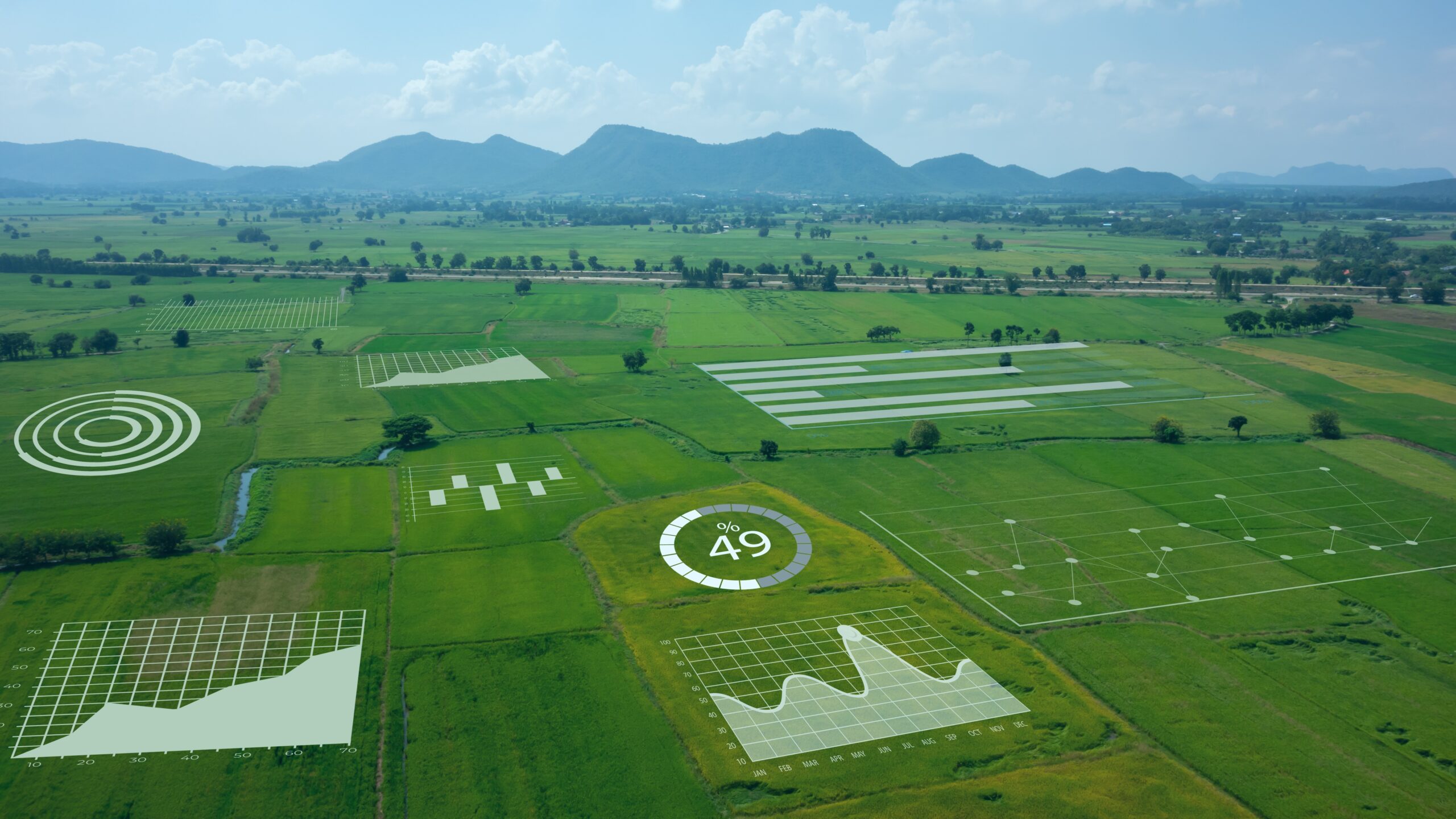
Predictive Analysis: The network of sensors eventually creates an information matrix that farmers use to forecast crop yield. For farmers to prepare for hazards and plan ahead to make plans for storage and sale, they need to be able to predict the future. Farmers may obtain precise information about all of these elements on a customizable dashboard thanks to sensors that assist collect data on variables like wind pressure, soil moisture, temperature, humidity, and rainfall.
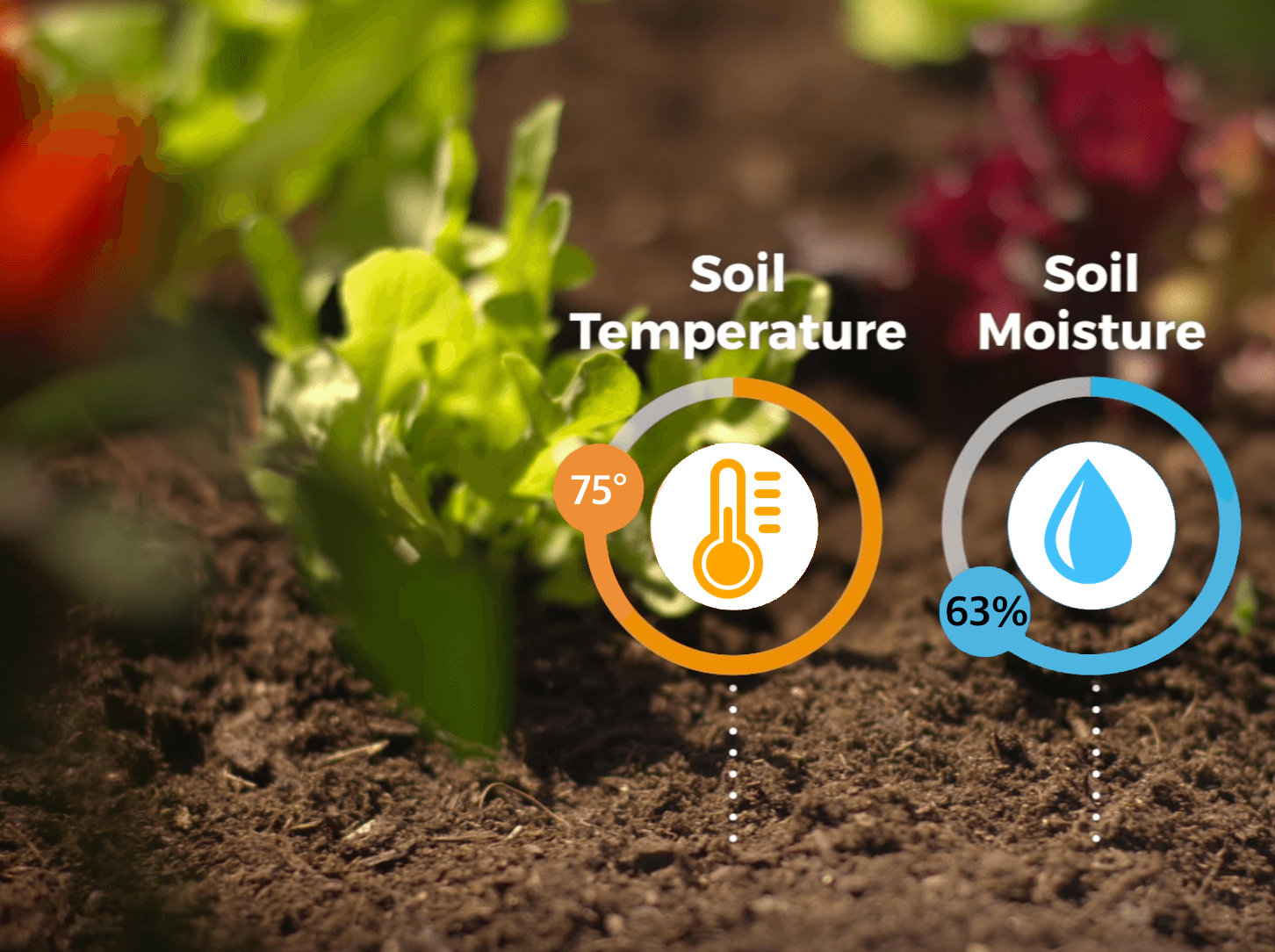
Soil: Because crops may only be as excellent as the soil they are grown in, soil quality is essential in farming and agriculture. In order to monitor soil quality and test for nutrient levels (nitrogen, phosphorus, and potassium), ph levels, moisture, and much more, IoT-based sensors are buried in the ground. With the most important and most accurate information available, all of this information can provide farmers with the tools they need to boost yields, farm production, and efficiency.

Monitoring of cattle: Livestock is a fundamental aspect of farming and is crucial to farmers. In order to monitor an animal’s health, position, and output, IoT agricultural sensors may be linked to it just like they can to crops. This aids farmers in maintaining cattle that can produce large amounts of milk, meat, and other products.
Farmers’ Adoption of IoT for Agriculture: Challenges
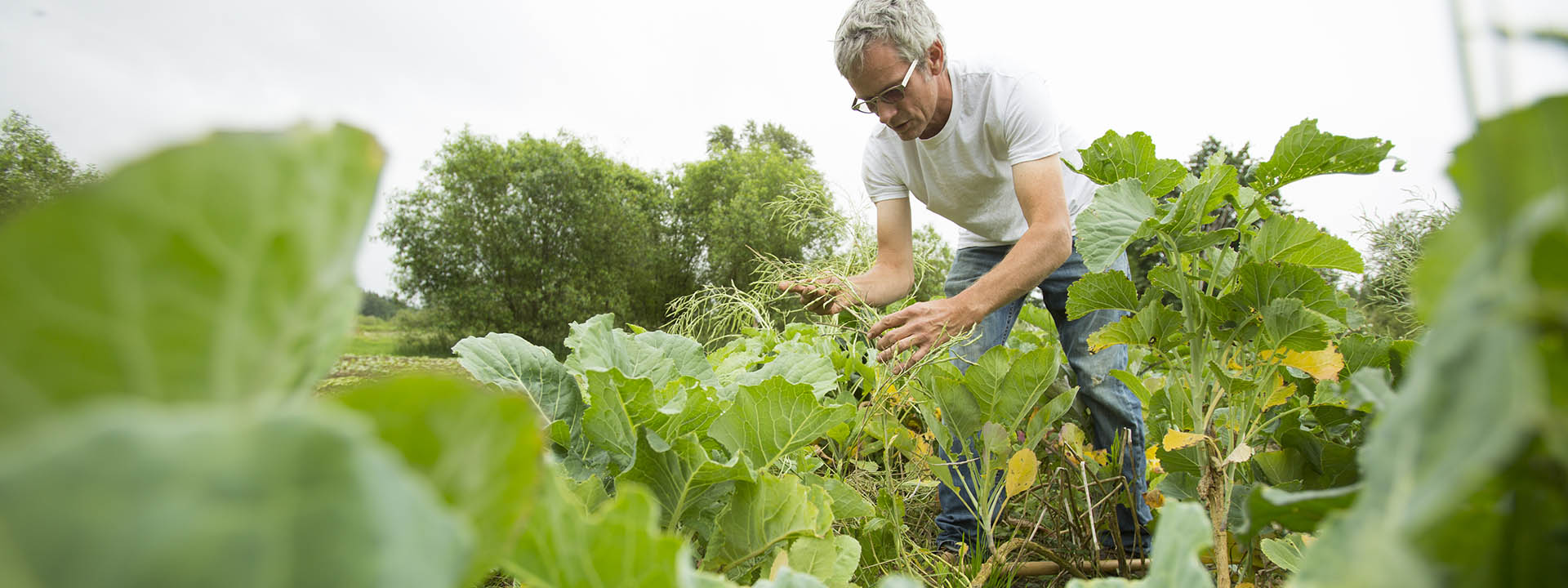
1. Lack of Infrastructure: Despite adopting IoT, farmers will not be able to benefit from it owing to lacklustre communication infrastructure. Farms are situated in isolated locations with limited connections to the internet. A sophisticated monitoring system would be worthless if there were a connectivity problem since a farmer requires reliable access to crop data from wherever.
2. High Cost: Agricultural IoT implementation requires pricey equipment. Even though sensors are the least expensive, it would still cost more than $1,000 to outfit the farmer’s fields with them.
3. Lack of Security: Since IoT devices communicate with older technology, there is no assurance that they can acquire drone mapping data or sensor readouts by utilizing a public connection. IoT agriculture systems gather a lot of information that is challenging to keep secure. Unauthorized access to an IoT provider’s database opens the door for data theft and manipulation.
Technology-driven “New Normal” in 2025 will present more big challenges, experts say
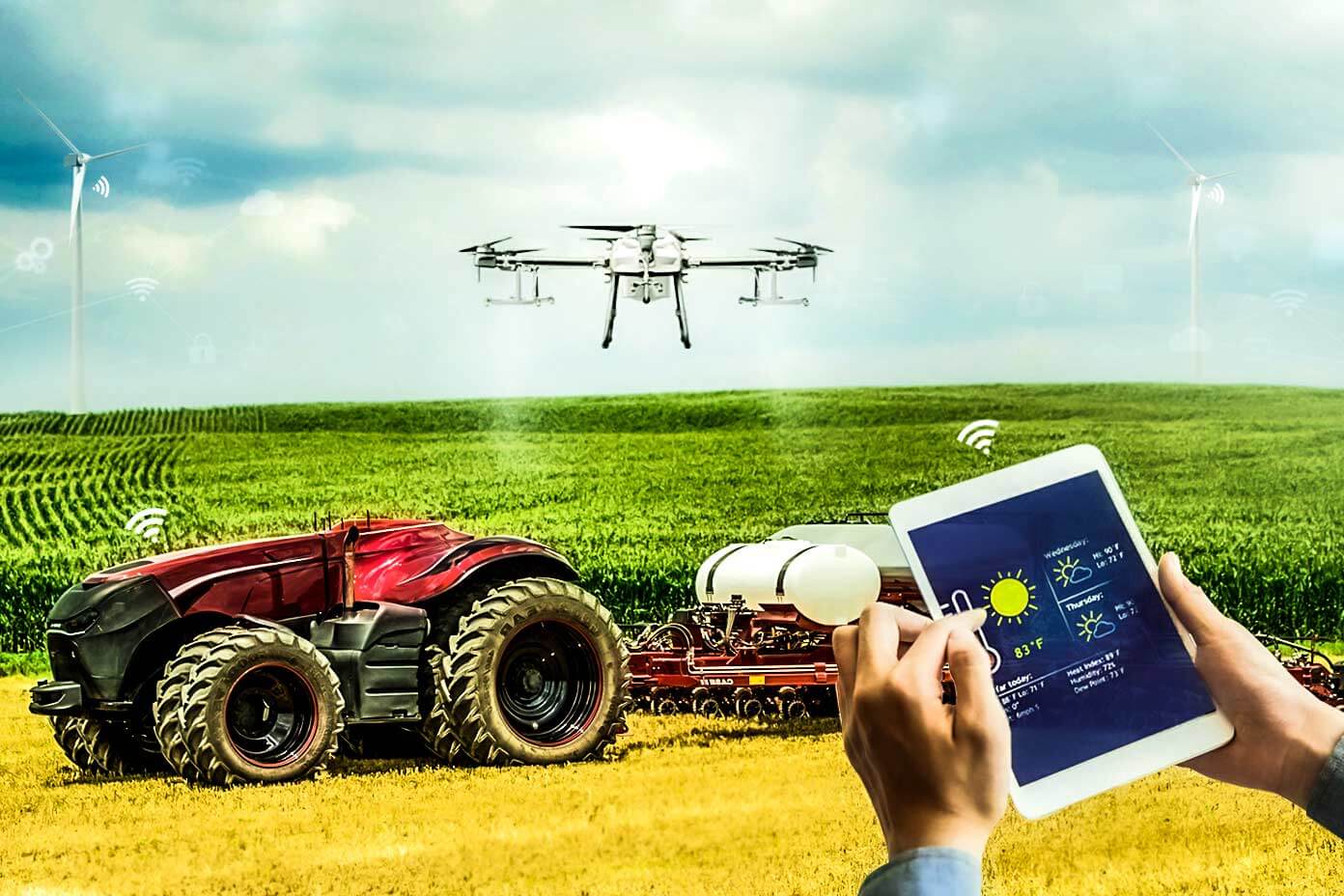
Numerous scientists believe that as authoritarianism, inequality, and widespread disinformation increase due to the COVID-19 pandemic, a significant societal change will worsen living for most people. Nevertheless, some individuals think that living in a “tele-everything” society with improved employment, healthcare, and social interaction will make life better.
Pandemics upend critical societal structures as they sweep through societies, including health care systems, medical treatments, economic life, socioeconomic class structures, racial relations, fundamental institutional arrangements, communities, and ordinary family life. According to a recent survey conducted by Pew Research Center and Elon University’s Imagining the Internet Center, many experts in technology, communications, and social change anticipate that the COVID-19 epidemic will have comparable effects.
Approximately 915 inventors, developers, business and policy leaders, scholars, and activists were asked to think about what life would be like in 2025 in the aftermath of the worldwide pandemic breakout and other catastrophes in 2020. Their broad and virtually unanimous belief is that as more and more people rely on digital connections for their job, education, health care, regular commercial transactions, and critical social interactions, people’s relationships with technology will become more intimate. Many people refer to this world as being “tele-everything.”
Significant percentages of these respondents predict major changes that will:
- worsen economic inequality as those with solid connections and technological aptitude gain an advantage over those with less access to digital tools, less training, or less talent for utilizing them, and as technological change eliminates some jobs;
- The power of large technology companies will grow as they take advantage of their competitive advantages and mechanisms like artificial intelligence (AI) in ways that appear likely further to erode the privacy and autonomy of their users;
- The spread of false information will increase as authoritarians and polarized populations wage information wars with their adversaries. Many respondents stated that their most significant concern is the unstoppable use of internet misinformation, including falsehoods and hate speech, to weaponize public perception, emotion, and action subtly. This disinformation serves to reinforce harmful prejudices and fears. They are concerned about serious harm to societal stability and cohesiveness, as well as diminished the chance of reasoned discussion and evidence-based policymaking.
Nevertheless, some of these experts express optimism that the pandemic’s effects will benefit a sizable section of the population due to changes that:
- enact new policies to promote racial justice and social fairness when criticisms of the present economic system and capitalism grow in popularity and policymakers’ focus;
- as more flexible job arrangements become permanent and communities adapt to them, they will improve the quality of life for many families and employees;
- Develop advances in artificial intelligence (AI) and virtual and augmented reality that help people live better, safer, and more productive lives. These advancements are frequently made possible by “smart systems” in vital industries, including health care, education, and community living.
In answer to a question asking them to consider the changes brought about in 2020 by the COVID-19 epidemic and outline what the “new normal” would entail in 2025, these experts frequently mentioned these six topics.
A little over half of these respondents, or 47%, predicted that most people’s lives would be significantly poorer in 2025 than before the epidemic, while 39% indicated the opposite. Another 14% of respondents said that most people’s lifestyles in 2025 would be similar to what they would have been without the pandemic.
The majority of the 86 per cent of respondents who indicated the pandemic would result in some change stated they anticipate that the development of digital life will continue to have both advantages and disadvantages. These professional opinions have fascinating connections to general perceptions. According to a Pew Research study conducted in August 2020, 51% of American respondents predicted the epidemic to impact their lives long after it was gone significantly.
Based on a nonrandom sample, this survey is not scientific. The findings are not generalizable to any other demographic and only reflect the respondents’ views on the questions.
The written comments from these experts explaining their responses make up the majority of this study. They discussed the general topics of how people and groups adapt to the world crisis, outlining the most likely possibilities and difficulties that may arise as people utilize and use digital technology more quickly in response. It’s crucial to remember that the replies were obtained in the summer of 2020 before the US presidential election was over and before the COVID-19 vaccinations had received official approval.

These experts used terms like “inflexion point,” “punctuated equilibrium,” “unthinkable scale,” “exponential process,” “huge disruption,” and “unprecedented challenge” as they thought about what would be happening in the middle of 2020 and the expected changes to come.
They discussed alterations that may reshape fundamental realities like people’s actual “presence” with others and their ideas of trust and truth.
Additionally, they questioned whether humans could successfully adapt to such profound changes given that they must operate with “palaeolithic emotions, medieval institutions, and god-like technology,” in the words of scientist E.O. Wilson.
Sensors and devices in the “Internet of Medical Things” that enable new types of patient health monitoring, intelligent millimetre wave machines to diagnose people with disease symptoms, advancements in synthetic biology and computational virology that improve drug testing and targeted disease therapies, diagnostic screenings that cover a person’s diet, genes, and microbiome, and handheld detection devices that citizen swarms can use are just a few of the numerous changes they observe.
These experts also predict the development of 3-D social media platforms that enable richer human interaction (sometimes via hologram avatars), mediated digital agents (interdigital agents), gradually taking over significantly more repetitive or time-consuming tasks, a “flying Internet of Things” as drones become more prevalent in surveillance, exploration, and delivery tasks, pervasive augmented reality, and an expanding gig economy centred around work-from-home freedom; “Truth valuation” procedures that lessen the attractiveness of misinformation, as well as smaller, safer nuclear reactors, are two examples of potential solutions.
On a more practical level, according to these experts, there will be advancements in speech recognition, facial recognition (including the ability to decipher emotions from facial expressions), real-time language translation, captioning and autocorrect capability, sensory suits, robust video search, body motion sensors, 3D glasses, multimedia databases, and broader network bandwidth that will enable full 3D virtual experiences as well as advancements in AI that will allow it to meet more people’s needs.
Summary
IoT technology is generally changing farming methods and paving the path for the smart farming revolution. Future realities will include maximizing operational effectiveness, automating tedious and repetitive labour, and raising agriculture yields. In fact, some experts claim that smart farming has the potential to usher in a sustainable third green revolution where farmlands aren’t overexploited, and natural resources are maintained and used to the fullest extent possible.
Article proofread & published by Gauri Malhotra.





